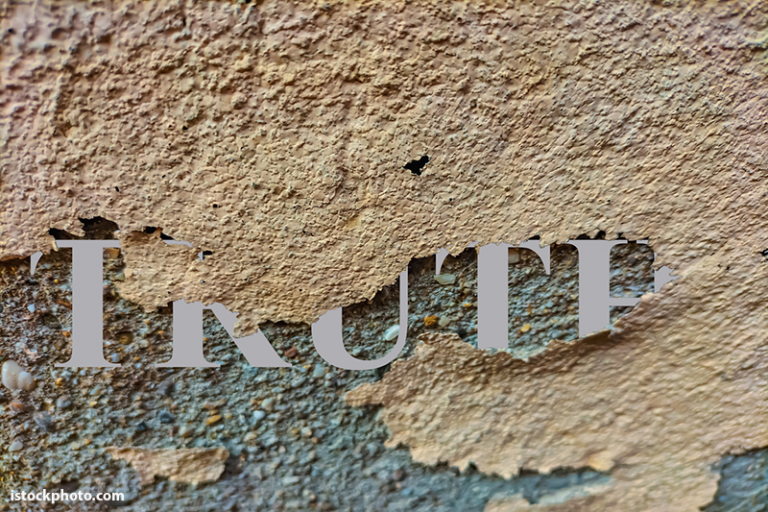College costs are escalating for a number of reasons, but first among them is that there are resources available to pay for increases. Even that great baby-boomer sage, The Beaver, got it –
Theodore “Beaver” Cleaver: I could use my own money, the twenty-five dollars I got in the bank.
Wally Cleaver: I thought you were saving that to go to college.
Theodore “Beaver” Cleaver: Larry says he never heard of a college you could go to for twenty-five dollars.
Leave it to Beaver – Television 1959
_________________________________________________________________________
In 1949 the average American family spent 22% of its income on food. Today, that number is closer to 10%. At the University of Iowa, during the same period of time, tuition and fees increased from a little over $100, to over $6,000.
Spending for food has decreased by about 50% over the last 60 years, while spending on higher education has gone up 6,000%. Too bad man does not live by bread alone.
Too bad students, parents and taxpayers are paying increasingly high tuition, fees and taxes for opportunities trafficked on dead-end streets.
The near sacredness of the value and worth of university attendance and the attainment of degrees has led to factors that have exacerbated the meteoric rise of college costs. The advice of my father, “Go to college, it is worth it, and if you work hard in the summer and over the breaks you can pay for it,” was true and accurate. I don’t think there are enough summer months, Christmas breaks, or hours in the day to make that sound advice 50 years ago accurate in 2012.
The Flow In – How Universities Collect
In a typical public university, (private institutions will be a future consideration) the following holds true for total operating budgets:
– 20% of all resources come from tuition and fees.
– 35% come from state appropriations.
– Less than 15% is generated in gift, auxiliary, athletics and sales income.
– 30% is the result of grants and contracts from public and private sources.
Since the late fifties, when Wally and The Beaver roamed the streets of suburbia, state appropriations have dropped from about 70% to 35% of the total budget. In many institutions state contributions fall to less than 15%. Grants and contracts, gifts, auxiliaries and tuition and fees increase to offset the decline in the state commitment.
Surprisingly, even with steep increases over the past 30 years, tuition has remained a relatively constant contributor to the total budget at about 20%. Other sources of revenue besides tuition are being cultivated and increased to flesh out the operating budgets.
The Flow Out – How Universities Spend
According to the National Center for Education Statistics, in 2009, through tuition and fees, public universities in the United States accumulated $210 billion. Since tuition and fee dollars only cover 20% of the costs of keeping the doors open, higher education is a nearly trillion dollar enterprise of hope and change. Four-year private universities took in nearly $70 billion in tuition and fees but 80% of the cost was covered by those fees. On a per student basis the following holds true for public universities:
– Average tuition is $10,000.
– Faculty salaries and instructional administration is $12,000.
– University sponsored scholarly and creative activities totals $6,000.
– Student services consume over $5,000.
– Maintenance, athletics, housing, dining, services, buildings approaches $12,000.
– Administrators and support account for $4,000.
The total annual expenditures per student are about $50,000 per year.
The trillion dollar outstanding indebtedness of college students looms large in comparison to the other things that Americans spend their money on. This year credit card debt per family averaged about $8,000. Education debt was about the same.
During the coming weeks I will reflect on the flow of dollars in and out of our universities. The numbers are big. They may tell a story of hope and opportunity in our nation based on a credential owned rather than abilities, insight, and genuine know-how exhibited.
Politicians advise “Follow the money.” I will try.






